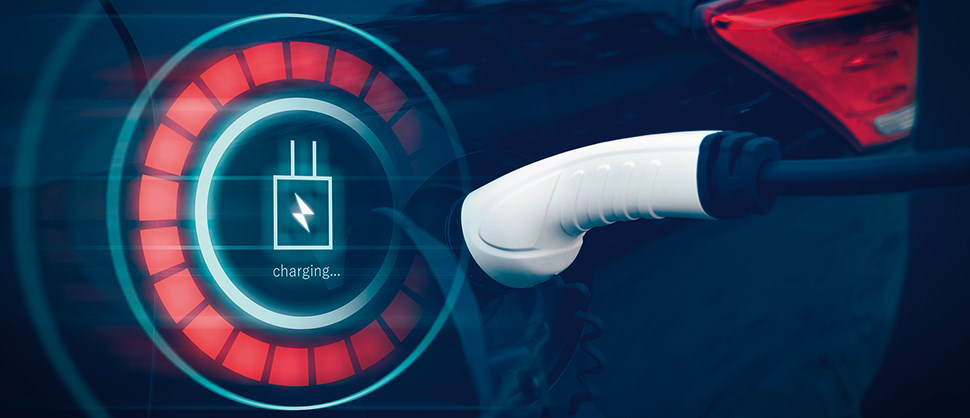Cars are smart phones on wheels – are you ready?
Electrification of vehicles boosts need for electronics contentAccording to McKinsey, the tipping point in electric vehicle (EV) sales occurred in the fall of 2020 during the midst of the pandemic. Then, despite all the lock downs, adoption edged up to 10% in some European countries. This signaled a clear shift in consumer behavior to sustainable mobility – further fueling the amount of electronic content required in cars.

Today, electric transportation continues to explode, with analysts at UBS bank predicting that 20% of all cars sold worldwide will be electric by the year 2025. Naturally, this is good news for the environment, but it also favors electronics manufacturers that can capitalize on this shift.
Bringing electric cars to life
“Cars today are infotainment centers on wheels,” says Charlott Samuelsson, Sr VP Pattern Generation division at Mycronic. “Drivers expect bigger and sharper screens seamlessly designed into the interior, full connectivity and loads of functionality. In addition, electric cars require an larger amount of semiconductors compared to conventional cars.”

Cars today are infotainment centers on wheels.
In her everyday work, Charlott and her team are focused on laser-based mask writers for the display and semiconductor industry. This is an area where precision, quality and productivity are essential and where Mycronic holds a strong position. With their leading position in the display industry, she sees an increasing interest for new display technologies, designed for being the primary interface between the driver and the car itself.
 Bringing electric cars to life
Bringing electric cars to life
Heavy investments to meet requirements from the automotive industry
“Along with the growth of EVs, we’re seeing an increase in the amount of electronics,” says Charlott. “EVs require roughly 50 percent more electronics, ranging from semiconductors and advanced packaging to high-resolution display screens and other specialized components. Right now, large investments are done in semiconductor manufacturing to meet the demand from the automotive industry.”
EVs require roughly 50% more electronics, ranging from semiconductors and advanced packaging to high-resolution display screens and other specialized components.
For Mycronic, she says, the very demanding requirements from the automotive industries impacts all of their divisions but in different ways.
Sustainable and energy-efficient
“In my own division, the focus is on more energy-efficient solutions for mask writers that allow for high-resolution screens and cost-efficient sustainable semiconductor production. For the High Volume division, it’s all about industrial dispensing, coating and other technologies to meet the high requirements.
For our High Flex division, it means developing more efficient solutions to mount complex printed circuit boards. And finally, for our Global Technologies division, we are on the lookout for new growth opportunities,” she concludes.
Key trends shaping the future
NOTE: This is the fourth of seven articles on key trends shaping the future
of the electronics industry – and how to capitalize on them.
- Automate or die: the brutal reality
- 5G technology fuels connectivity and innovation
- East and West: two ecosystems emerge
- Cars are smart phones on wheels – are you ready?
- AI is the secret weapon for higher productivity
- Growth of edge computing gives birth to regional data centers
- Sustainability moves on up the priority list
Key trends shaping the future
This is the fourth of seven articles on key trends shaping the future of the electronics industry – and how to capitalize on them. Here you find the already published articles: